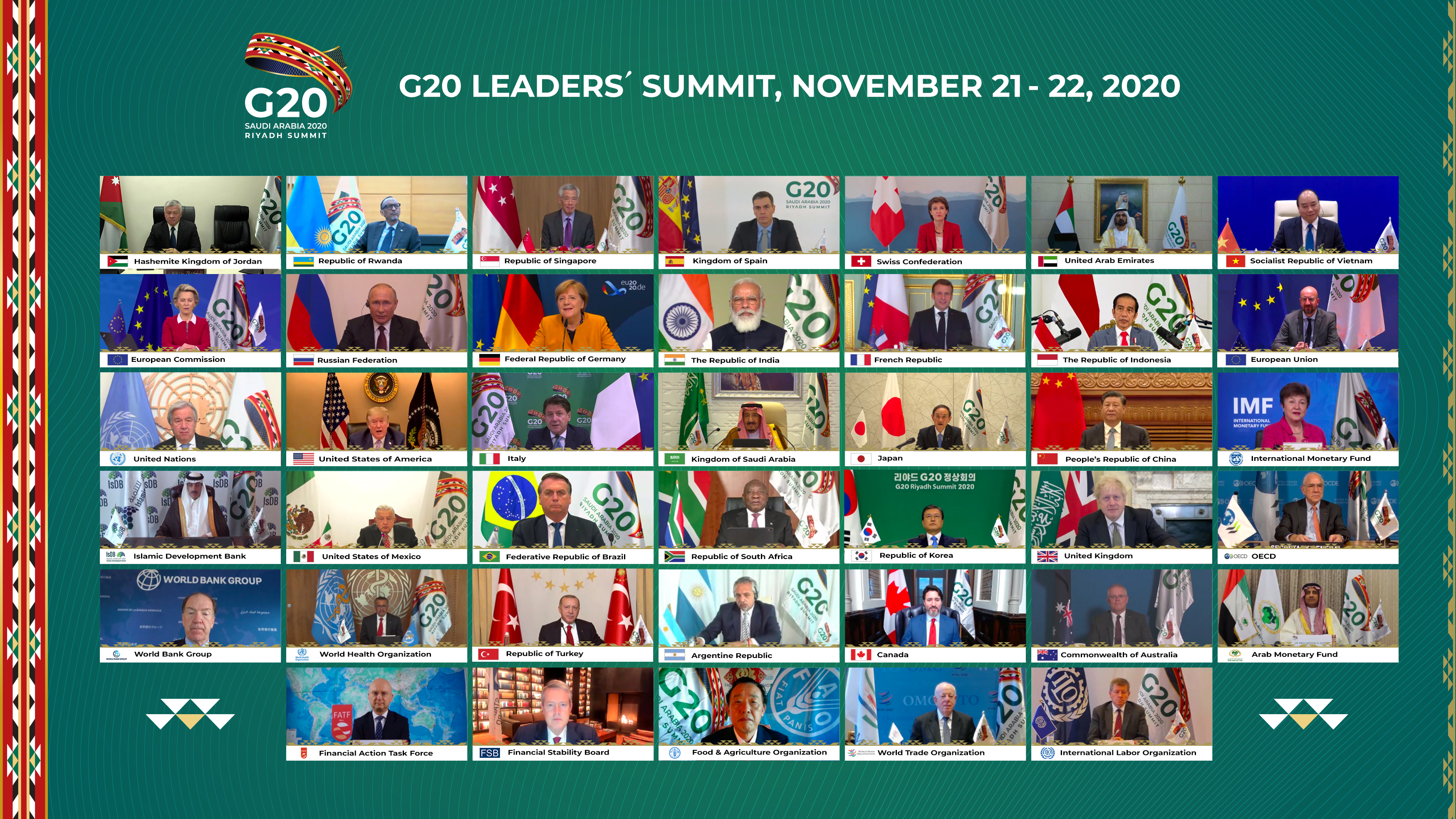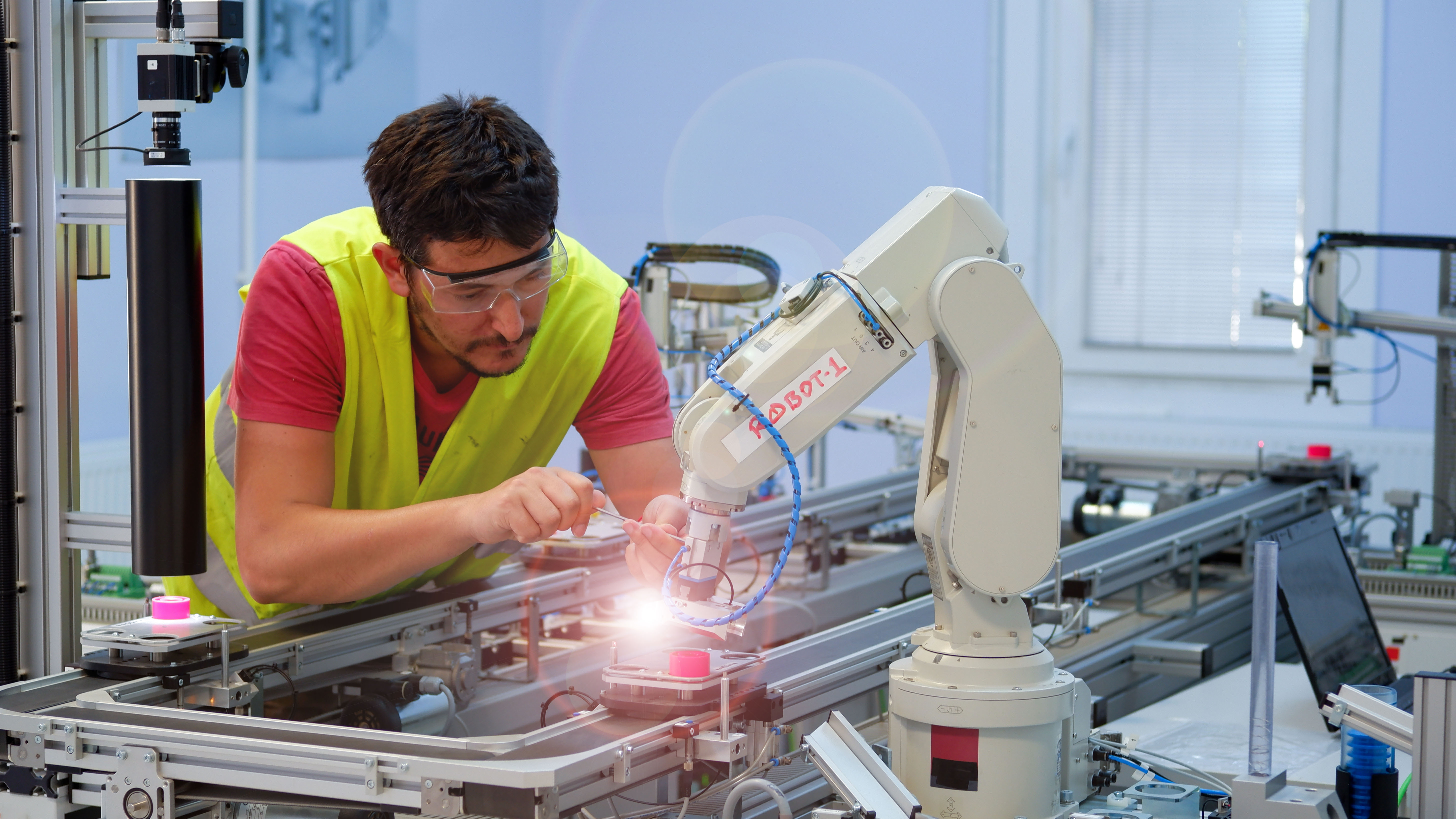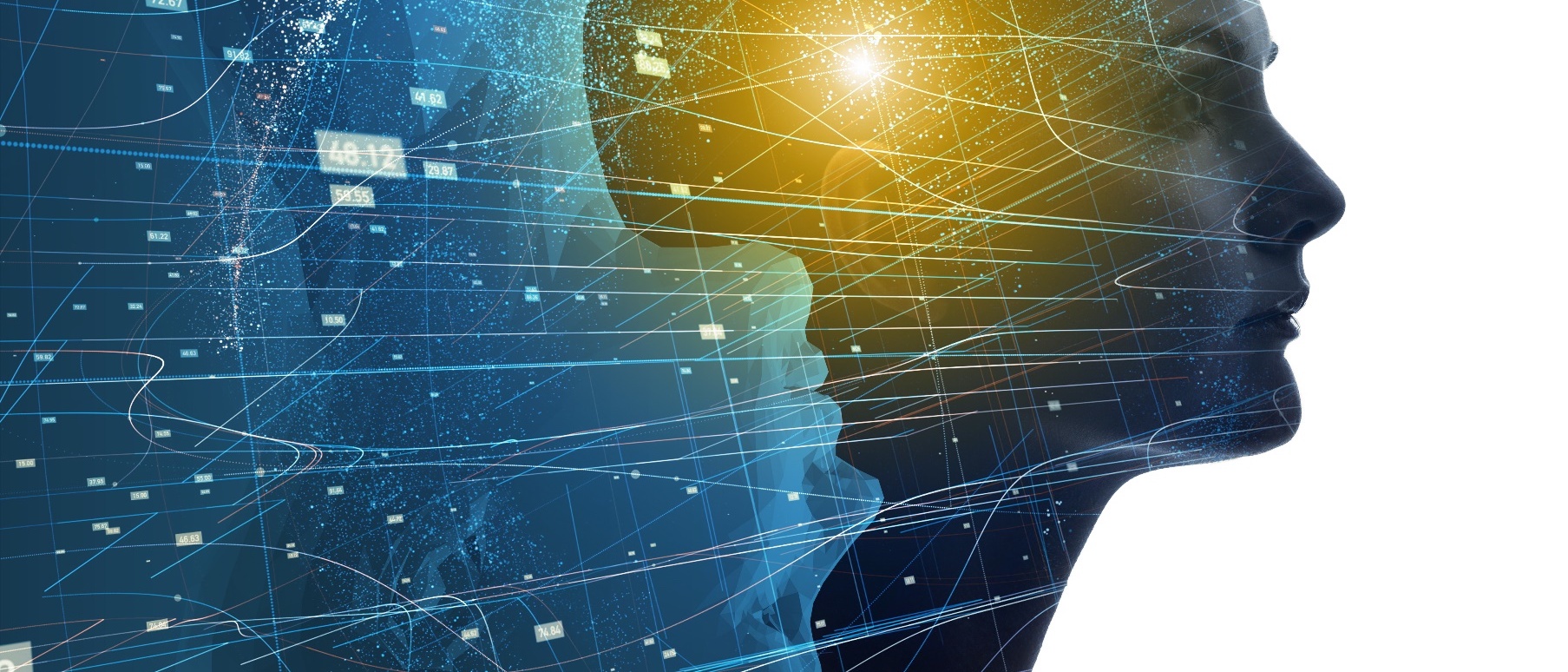694 results found
Featured results



More results
Unmanned Aerial Vehicles (UAVs), sometimes referred to as drones, are aircrafts without an onboard pilot
Water, gas, electricity, and telecommunications services are typically placed underground in urban areas (especially in developed nations), requiring significant capital investment
Many governments are supporting measures to encourage the uptake of Electric Vehicles (EVs) as they can contribute to a wide range of transport policy goals, including improvements in air quality and noise pollution
Internet of Things (IoT) is a term that describes a community of devices connected to the internet, with the ability to transfer and share data and information with each other
The wellbeing of natural resources, people and communities emphasised in New Zealand.
The GI Hub is seeking a suitably qualified consultant or consultants to work in partnership with the Global Infrastructure Hub to assist in the delivery of a digital product that showcases innovative models to improve the delivery of infrastructure across G20 countries.

The Coral Sea Cable System (CS2) is a 4700 kilometre-long fibre optic submarine telecommunications cable that links both Papua New Guinea and Solomon Islands to the major East Coast Internet Hub in Sydney, Australia.
The COVID-19 health crisis has highlighted the chronic underinvestment in social infrastructure around the world. Dr. Georg Inderst discusses Global Infrastructure Hub’s recently released Infrastructure Monitor 2020 report and what can be done to attract more public and private investors to social infrastructure.

Regulatory capital frameworks require banks and insurers to put aside more capital for infrastructure investments than is warranted by their historical credit performance



Regulatory capital frameworks require banks and insurers to put aside more capital for infrastructure investments than is warranted by their historical credit performance


The infrastructure supply gap is significant, but by focusing on four key deliverables, the G20 can support and establish new, technology-based critical networks that would be resilient in future crises.

New insights from the GI Hub’s Infrastructure Monitor and InfraCompass show that a strong enabling environment matters for encouraging more private infrastructure investment, regardless of income level.


Leaders of the G20 have met for the last time under the Saudi Presidency to address the most pressing challenges of our times, with the vision to take further steps to overcome the pandemic while building an inclusive, sustainable and resilient future for all.
Meet four women leaders who are transforming infrastructure development in Latin America (Spanish translation).
Meet four women leaders who are transforming infrastructure development in Latin America (Portugese translation).
An introduction to our new blog series on policy implications related to key data findings from Infrastructure Monitor.
Find out what needs to change in the workforce to meet future needs of the construction industry.
53 members of our InfraTech Leaders Ecosystem – from more than 25 public and private entities – met for the first time to discuss ‘quick wins' and strategic priorities based on the World Bank's InfraTech Policy Toolkit, developed earlier this year to support the Riyadh G20 InfraTech Agenda.



A Digital Twin is a virtual replica of a physical object or system



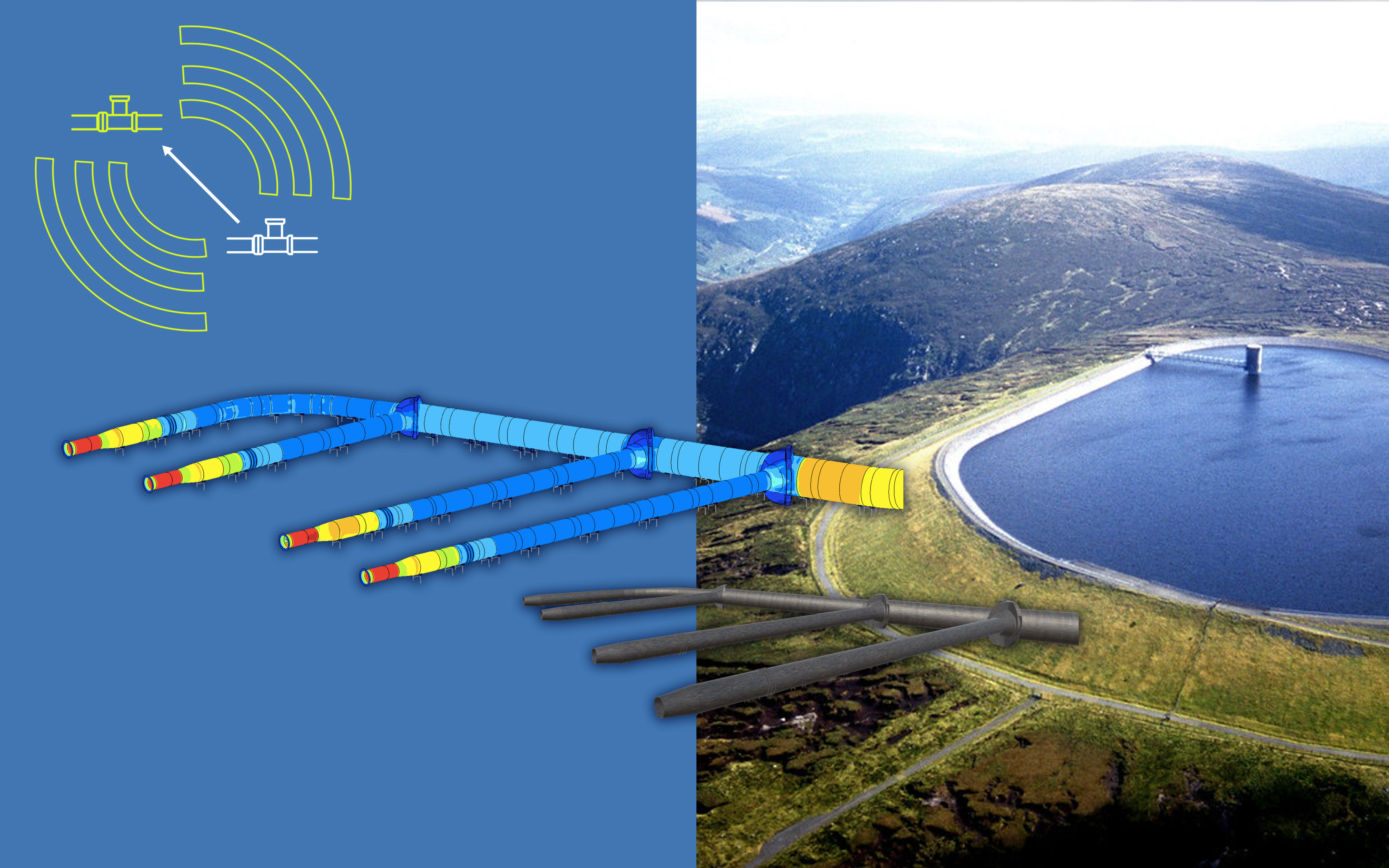
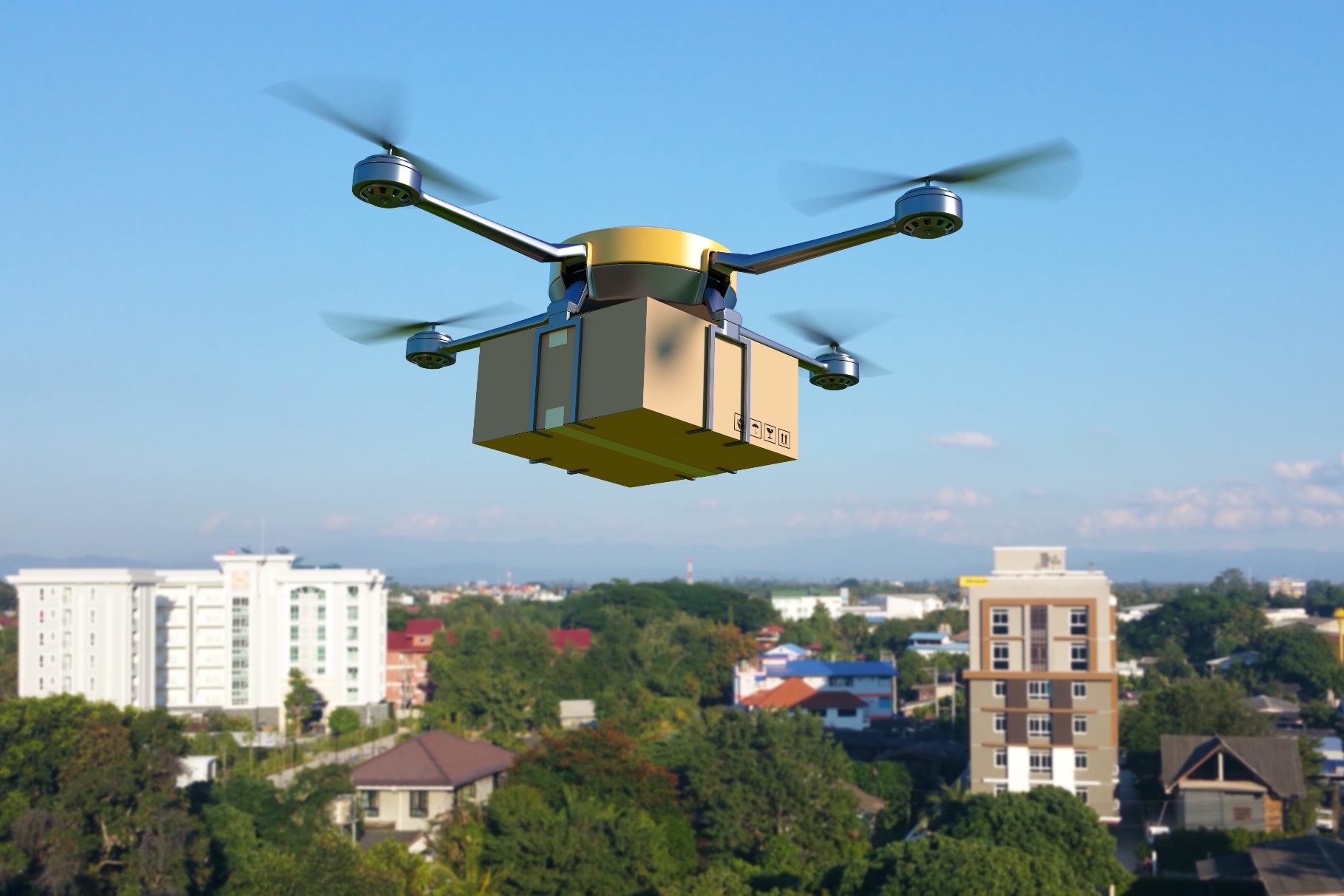



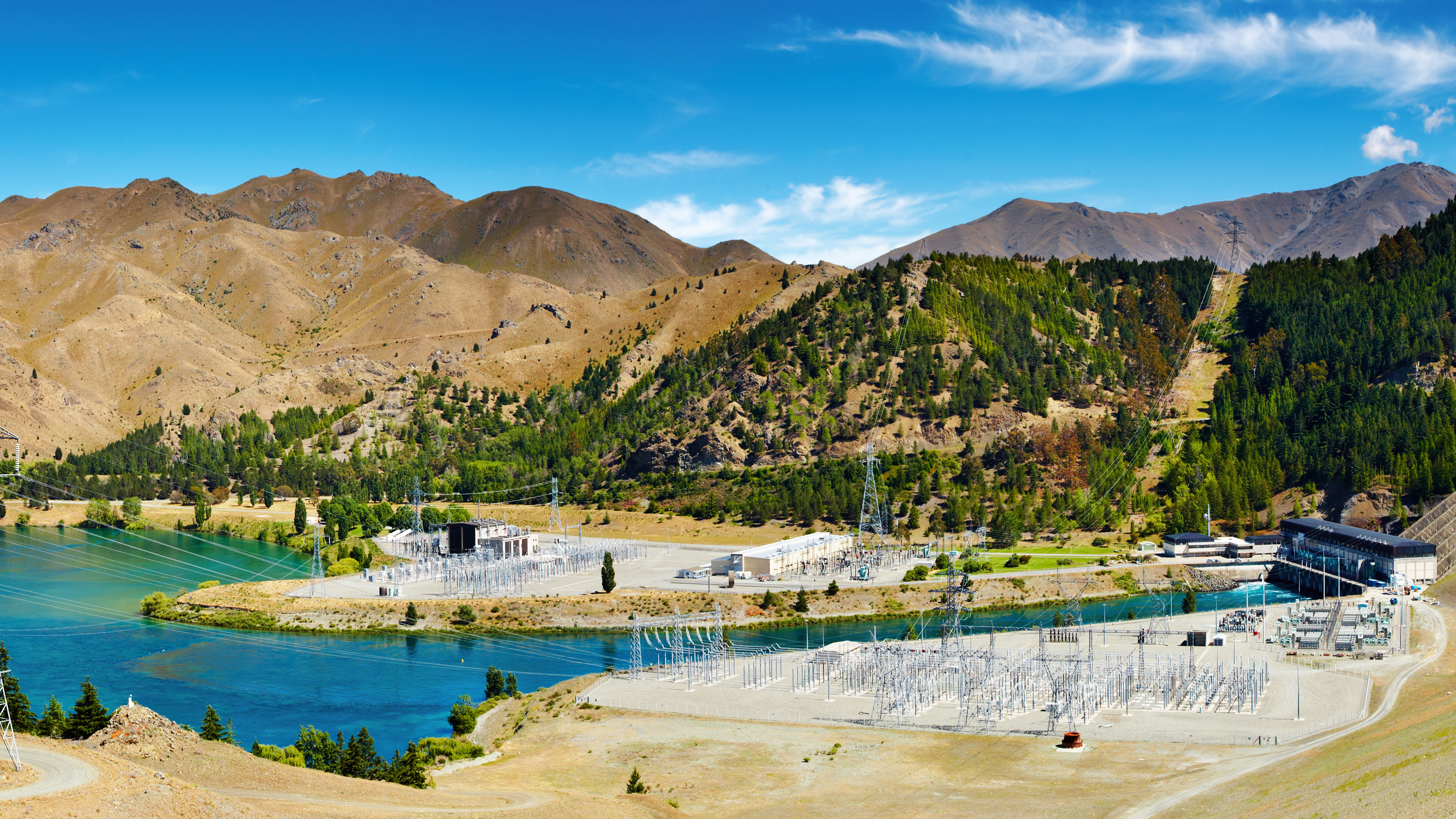
 Improving Delivery Models Post COVID-19 RFP
Improving Delivery Models Post COVID-19 RFP



